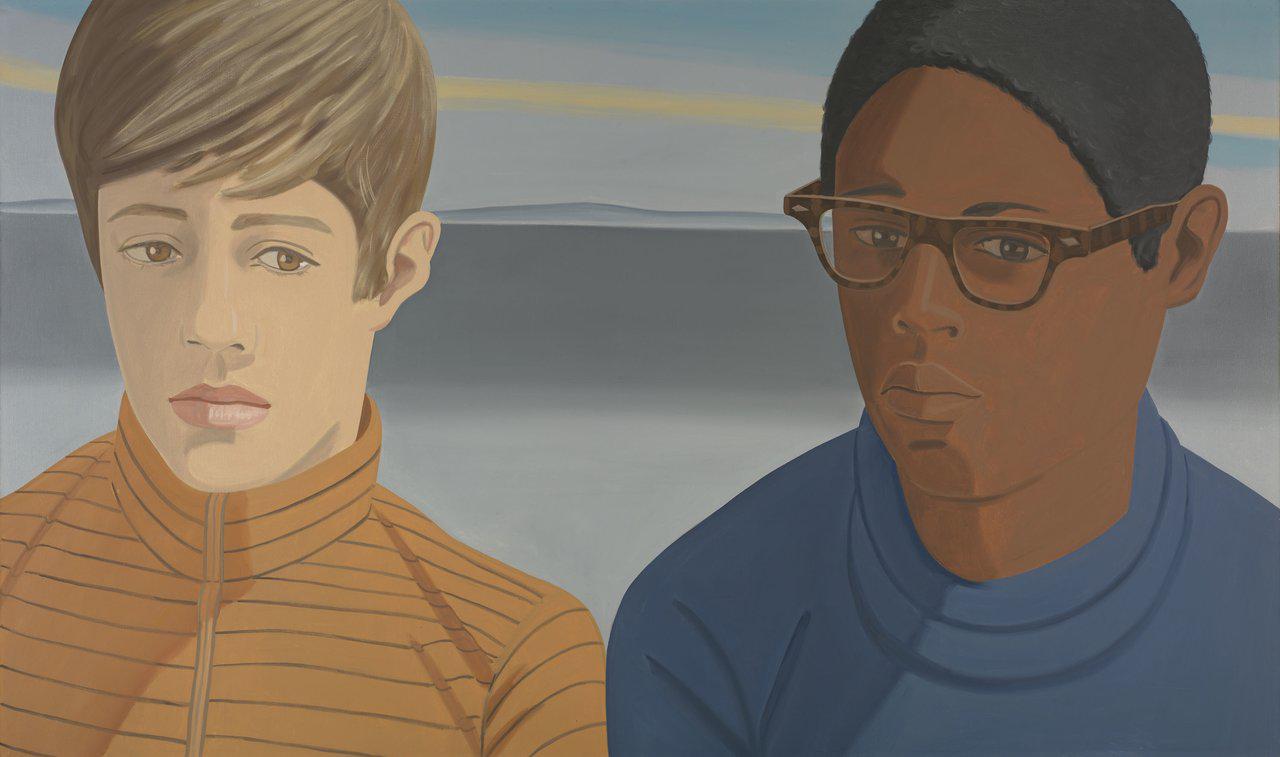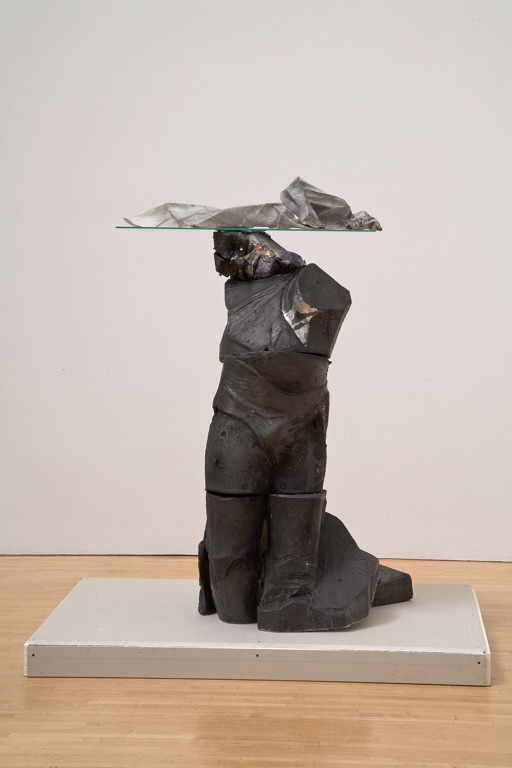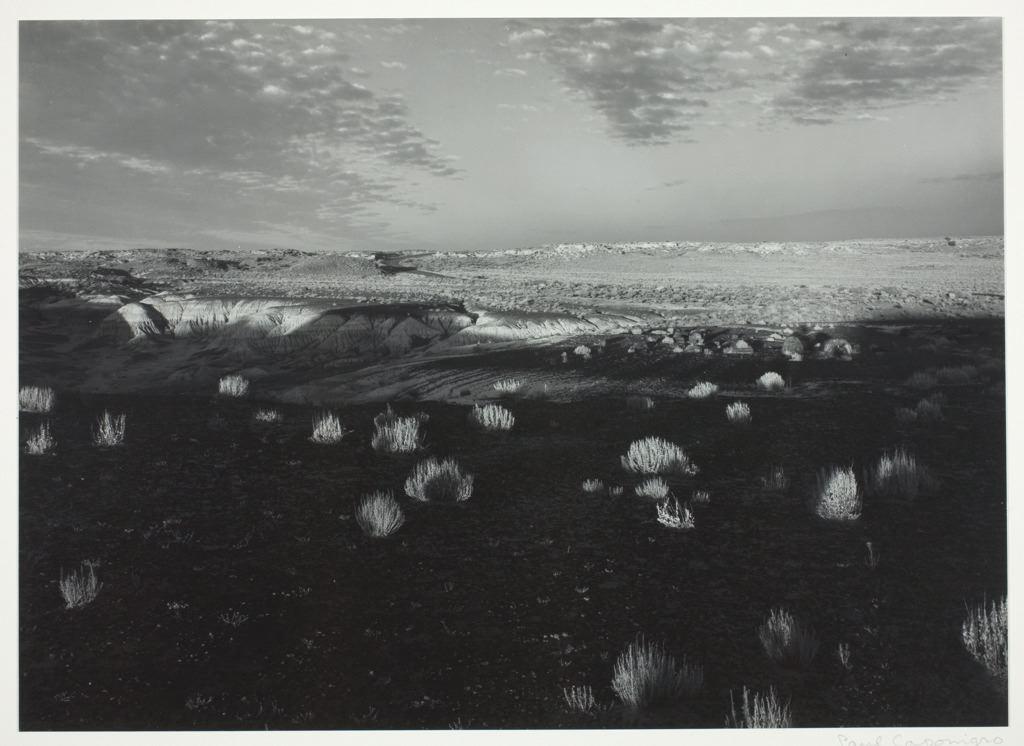In Alchemy of Pain, a hulking, statuesque figure stands on a low platform constructed of raw gypsum drywall. Separated into three distinct parts and reassembled with wood trowels and metal nails that pierce and adorn its body and face, the limbless form precariously balances a narrow sheet of glass topped with a three-dimensional charcoal drawing. Alchemy of Pain references the exaggerated poses of classical sculpture while revealing the allegorical transformation of everyday materials into a symbol of awkward harmony.
Matthew Monahan assembles freestanding, semi-figurative sculptures, presented in glass vitrines or on handcrafted pedestals, from unconventional, disparate materials such as floral foam, beeswax, glitter, pins, Styrofoam, glass, twine, wire, metal leaf, and fragments of his earlier works. Under self-imposed rules, Monahan creates by mining his imagination, without the use of photography, source materials, fabrications, or ready-mades. His fragmented figures often depict characters—warriors, saints, slain heroes, and demons— that express such enigmatic emotions as Zen contemplation and Gothic anguish. Monahan’s complex layering of narratives onto materials invites speculation as to each object’s history and meaning.


